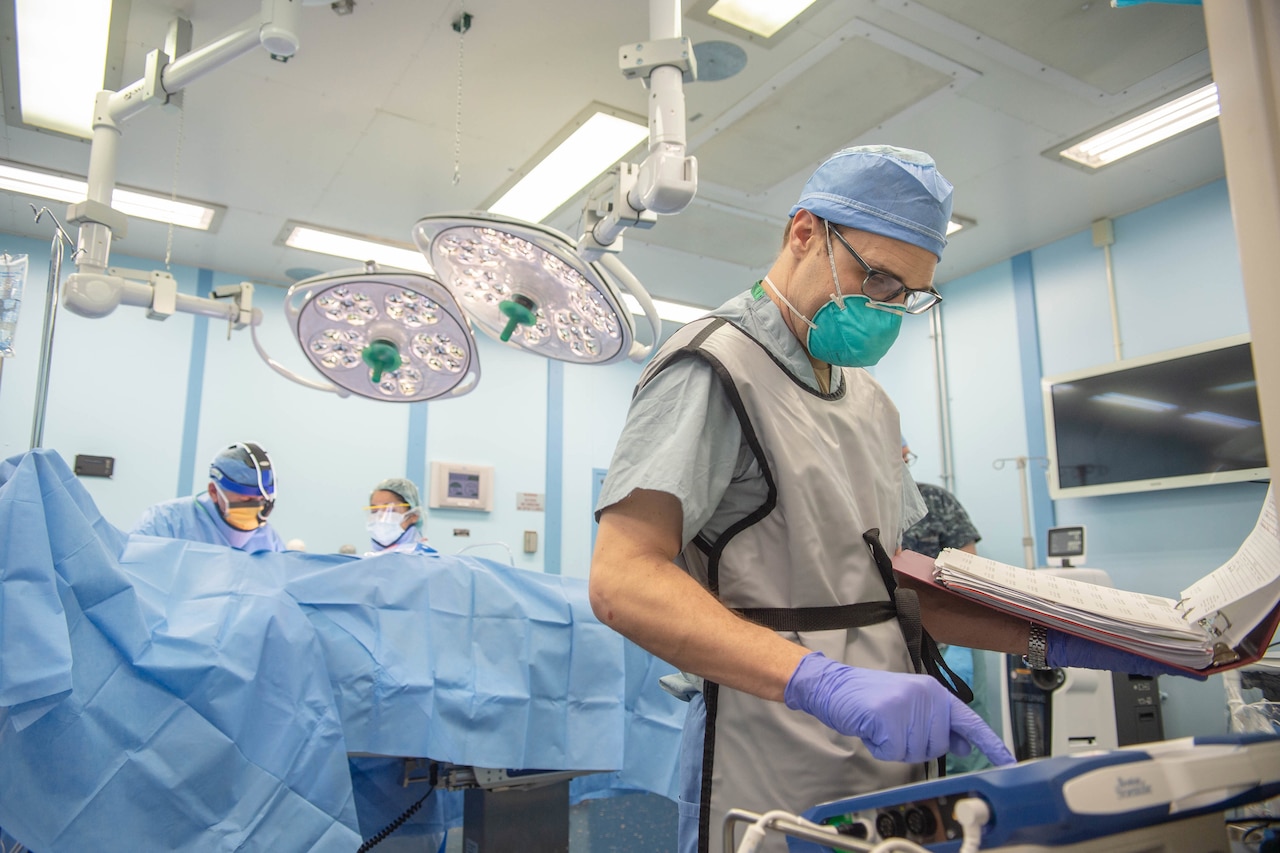Based upon analysis of local conditions, per the White House guidelines for Opening Up America Again, DOD Chief Management Officer Lisa Hershman will move the Pentagon Reservation to Phase One (Restricted) of the Pentagon Reservation Plan for Resilience, effective 12:01 a.m. EDT, Monday, June 15, 2020. Under Phase One, the Health Protection Condition (HPCON) for the Pentagon Reservation remains HPCON C. The status of the Armed Forces Retirement Homes will not change; they will remain at HPCON D.
Main differences that may be seen starting Monday, as outlined below, are a slight increase of people in workspaces, more open entrances, and additional random testing of people entering facilities.
Under Phase One:
- Cloth face coverings are mandatory when 6-feet social distancing cannot be maintained.
- Social distancing of 6 feet is mandatory wherever possible, including in office workspaces.
- Gatherings are limited to a maximum of 10 people.
- Only mission essential personnel should be returning to workspaces.
- Organizations should manage their workforce to meet the goal of no more than 40% of their workforce in office spaces, with 60% or more teleworking.
- Telework and other stay-at-home options should be maximized for vulnerable populations.
- Organizations should consider cohort or alternating schedules to meet workforce goals and social distancing requirements.
- DOD employees should take their temperature in the morning before leaving home. Personnel should stay home and notify their supervisor if their temperature is 100.4 degrees F or 38 degrees C.
- DOD employees who are sick, ill, or exhibiting symptoms should stay home, notify their supervisor, and seek medical attention.
- Random screening (temperature and questions) of employees and contractors will occur at facility entrances.
- Limited food court choices will be available. Social distancing in common areas will be enforced. Pentagon Reservation athletic facilities remain closed.
Additionally, under Phase One at the Pentagon building:
- 100% screening of visitors will continue.
- The following pedestrian entrances will be open:
- 24/7: Corridor 2, Mall Entrance
- 5 a.m. – 8 p.m., Monday – Friday: Metro pedestrian entrance, Corridor 8, River Entrance, and Corridor 5 pedestrian entrance.
- 6 a.m. – 2 p.m., Monday – Friday: Pentagon Metro Visitor Entrance
- The following will remain closed under Phase One:
- Pentagon Library & Conference Center
- Pentagon Athletic Center
- Corridor 8 pedestrian bridge pedestrian booth (Connector/Press Lot)
- The following vehicle entrances will be open:
- 24/7: River Vehicle Access Point, North Rotary & Fern Vehicle Access Point, A&E Drive Vehicle Access Point, Boundary Channel Drive Vehicle Access Point, Heating & Refrigeration Plant Vehicle Access Point
- 5 a.m. – 8 p.m., Monday – Friday: Mall Vehicle access and the Corridor 5 Vehicle Access Point
- 6 a.m. – 2 p.m., Monday – Friday: North Village Vehicle Access Point and the Remote Delivery Facility
- Temporary parking clearances are available during Phase One.
Individuals that do not have a temporary parking clearance may download
the COVID-19 temporary clearance form from the WHS webpage:
https://www.whs.mil/Coronavirus/#Parking
- Pentagon Parking Office hours of operation are 8 a.m. – noon, daily
- Mark Center Parking Office (supports Suffolk Bldg.) is open Tuesday and Thursday, 8 a.m. – noon
- The Pentagon Pass Office hours of operation are 8 a.m. – 1:30 p.m., Monday/Tuesday/Thursday/Friday, and 8:30 a.m. – 1:30 p.m. on Wednesdays
- The Mark Center Pass Office hours of operation are 7 a.m. – 2 p.m., Monday – Friday
For further information, please see:











